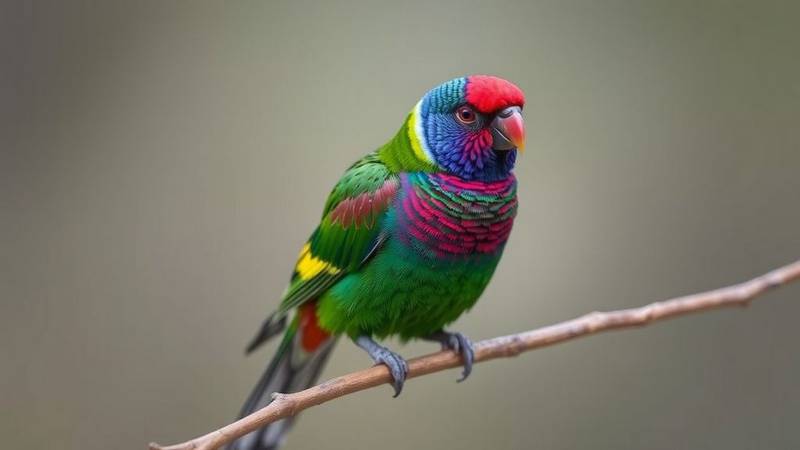Frequently Asked Questions About Exotic Birds
What defines an "exotic bird" (non-tropical)?
The term "exotic bird" generally refers to a species not native to the region where it is observed. On this page, we focus on birds that do not specifically come from tropical regions (which have their own dedicated page), but from temperate, subtropical, or arid climates of other continents (North America, Asia, Australia). They are often characterized by remarkable plumage, unique shapes, and behaviors specific to their native environment.
Why are exotic (non-tropical) birds so colorful?
The vibrant colors of exotic birds, even outside the tropics, serve several vital functions. Firstly, sexual selection: a bright plumage can signal good health and vigor, thus attracting mates. Secondly, camouflage is also a factor, as specific colors can help blend into varied environments (flowers, foliage, rocks). Finally, they can serve as warnings to delimit a territory or alert of danger.
Can you keep an exotic bird as a pet?
Yes, many exotic bird species are kept as pets (budgerigars, canaries, zebra finches, etc.). However, keeping certain species is regulated and may require specific authorizations. It is essential to learn about the specific needs of each species in terms of space, diet, stimulation, and socialization, as they can be very different from those of traditional domestic animals. Make sure you can provide them with a suitable and enriching environment.
What is the greatest danger to wild exotic birds?
The main danger to wild exotic bird populations is the destruction and degradation of their natural habitat, whether it be forests, grasslands, wetlands, or arid environments. Urban development, agriculture, and climate change contribute to this loss. The illegal pet trade and the introduction of invasive species also represent significant threats to many species.










